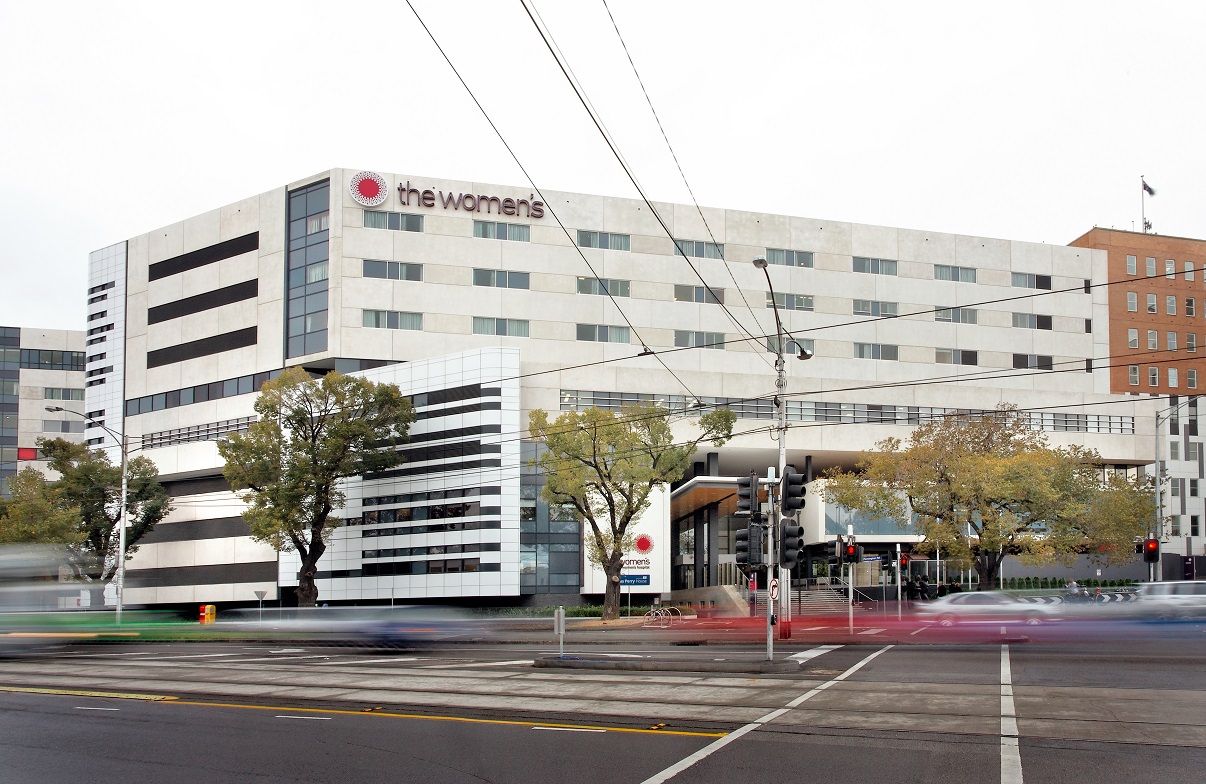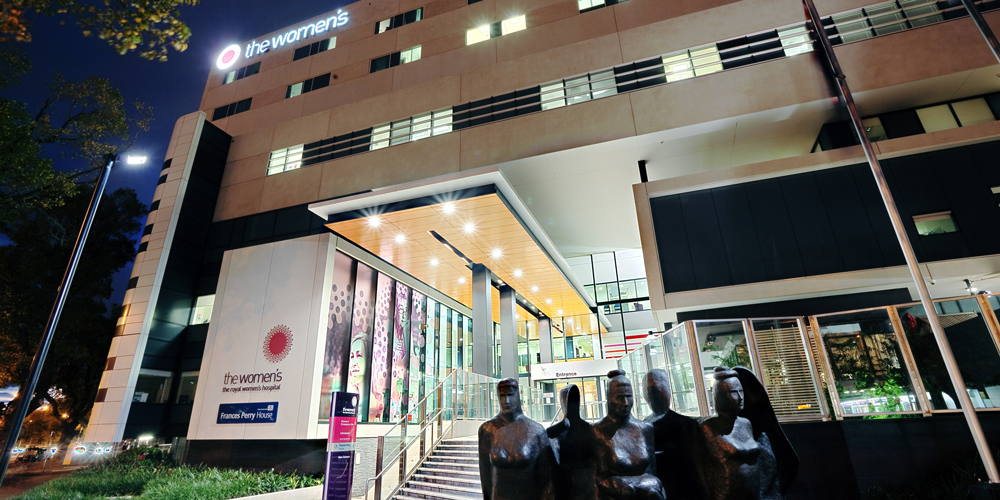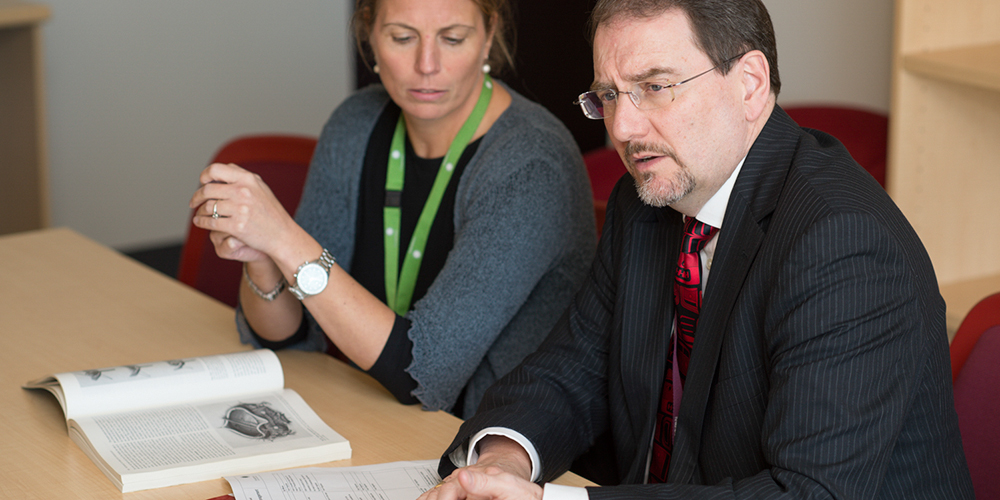The Victorian Perinatal Autopsy Service (VPAS) provides a co-ordinated state-wide service ensuring consistent standards of practice and expertise for the clinical investigation of perinatal deaths across Victoria.
The three Victorian tertiary maternity hospitals providing these services are the Royal Women’s Hospital (the Women’s), Monash Health and Mercy Hospital for Women, and their associated pathology departments, The Royal Children’s Hospital Pathology, Monash Pathology and Austin Pathology.
The service is available to public as well as private patients and there is no charge for autopsies on deceased infants where there is a registered perinatal death. A registered perinatal death is the stillbirth of a baby over 20 weeks gestation; or if the gestation is unknown, weighs 400g or more; and the neonatal death of an infant who shows signs of life at birth regardless of gestation. All registered perinatal deaths require a Medical Certificate of Cause of Perinatal Death to be completed.
VPAS autopsies are performed by perinatal pathologists who are doctors trained specifically in perinatal autopsy. They follow post-mortem examination processes and procedures as outlined in the VPAS guidelines, based on the 2018 Clinical Practice Guidelines for Perinatal Mortality by the Perinatal Society of Australia and New Zealand.
-
VPAS forms
VPAS requires specific forms to be completed before a post-mortem can commence. Download the forms from this page.
Learn more -
 Referrals to VPAS
Referrals to VPASYour health service will have an allocated VPAS provider. Please refer to this page to find out which VPAS you should contact to refer a baby for autopsy.
Learn more -
 Obtaining informed consent
Obtaining informed consentApproaching the topic of post-mortem examination with bereaved parents can be challenging.
Learn more -
 Receiving autopsy reports
Receiving autopsy reportsA preliminary autopsy report will be issued by VPAS within two days of an autopsy being performed. A final report will usually be available 8-10 weeks from the date on which the autopsy was performed.
Learn more -
 Information for funeral providers
Information for funeral providersTransportation of a baby to a VPAS provider can be performed by a funeral director of the parent’s choosing. A number of important procedures must be followed.
Learn more -
 VPAS recommended resources
VPAS recommended resourcesDownload useful resources.
Learn more
Disclaimer
The clinical information and Clinical Guidelines available on this Website are intended to provide guidance to health care professionals, based on a thorough evaluation of research evidence, on the practical assessment and management of specific clinical issues or situations. The Guidelines allow some flexibility on the part of the health care professional based on the needs of the specific patient for whom they are caring. Whilst appreciable care has been taken in the preparation of Clinical Guidelines, the Women's provides these as a service only and does not warrant the accuracy of these Guidelines. Any representation implied or expressed concerning the efficacy, appropriateness or suitability of any treatment or product is expressly negated. In view of the possibility of human error and / or advances in medical knowledge, the Women's cannot and does not warrant that the information contained in the Guidelines is in every respect accurate or complete. Accordingly, the Women's will not be held responsible or liable for any errors or omissions that may be found in any of the information on this Website. You are encouraged to consult other sources in order to confirm the information contained in any of the Guidelines and, in the event that medical treatment is required, to take professional, expert advice from a legally qualified and appropriately experienced medical practitioner. For practitioners outside the Women’s this material is made available in good faith as a resource for use by health professionals to draw on in developing their own protocols, guided by published medical evidence. In doing so, practitioners should themselves be familiar with the literature and make their own interpretations of it. NOTE: Care should be taken when printing any Clinical Guideline from this Website. Updates to these guidelines will take place as necessary. It is therefore advised that regular visits to this Website will be needed to access the most current version of these guidelines.